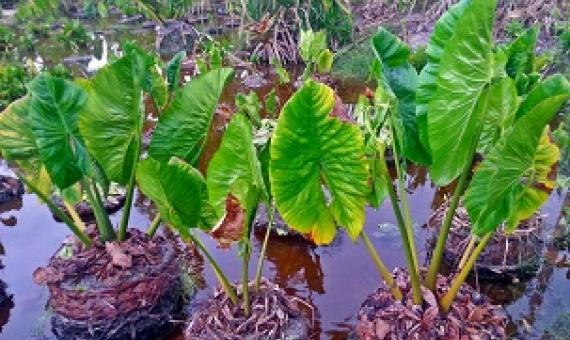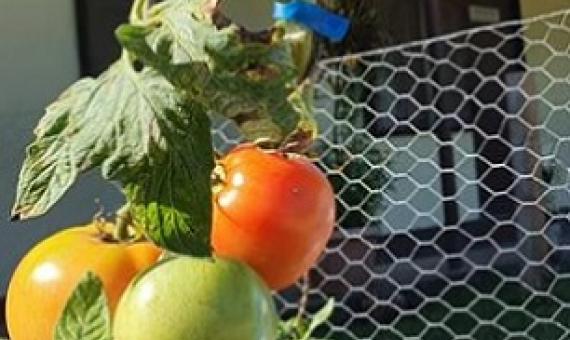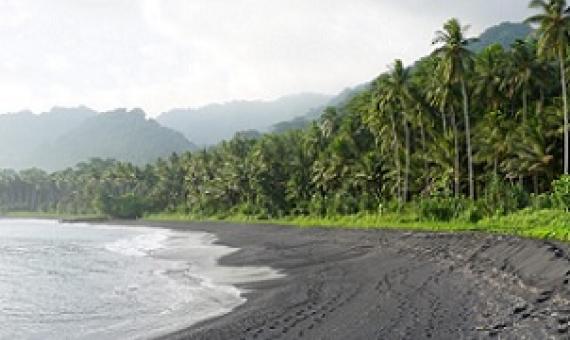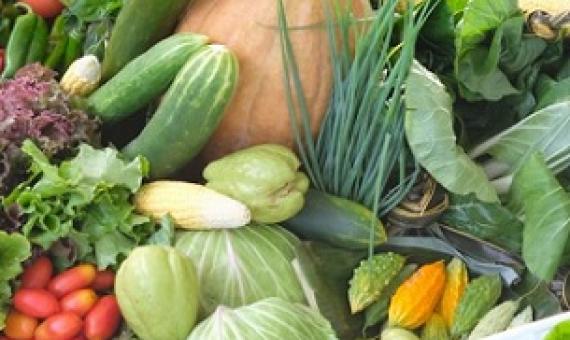In Solodamu, a village on the craggy northern coastline of Fiji’s densely forested, sparsely populated Kadavu Island, Suliasi Lau looks back at the COVID-19 lockdown of early 2020 with a note of nostalgia. “It was a beautiful time,” he says.
Confining conservation efforts to only 30% of Earth’s land may render a fifth of mammals and a third of birds at high risk of extinction, according to a new study.
Residents of Baniata village on the Solomon Islands’ Western province practice an ancient agroforestry system that intercrops 20 edible species and features the ngali nut, a delicacy sold in domestic and international markets.
Hundreds of civil society groups, academics and social movements are boycotting the first UN global food summit amid growing anger that the agenda has been hijacked by an opaque web of corporate interests.
Harnessing the diversity of small-scale actors is key to the future of aquatic food systems
Small-scale fisheries and aquaculture (SSFA) provide livelihoods for over 100 million people and sustenance for ~1 billion people, particularly in the Global South. Aquatic foods are distributed through diverse supply chains, with the potential to be highly adaptable to stresses and shocks, but face a growing range of threats and adaptive challenges. Contemporary governance assumes homogeneity in SSFA despite the diverse nature of this sector.










